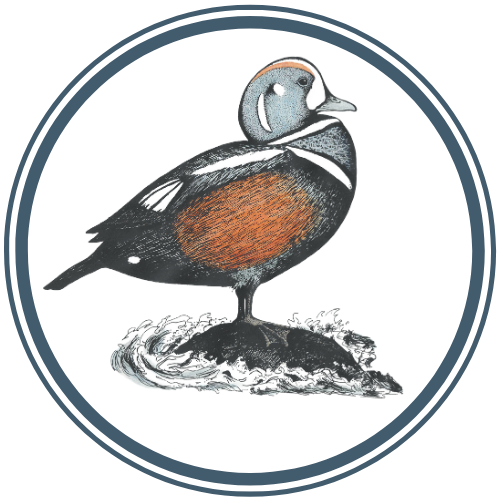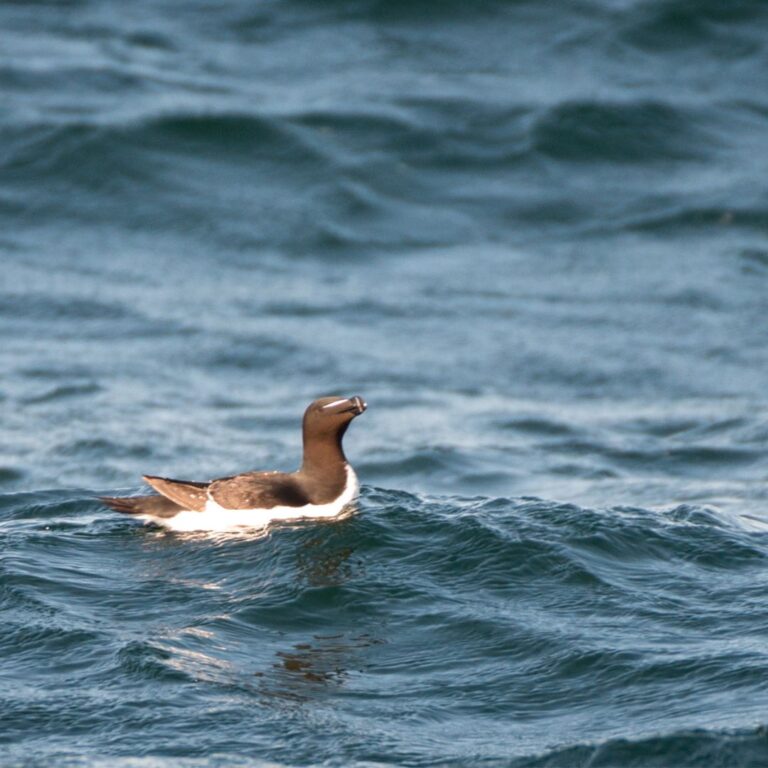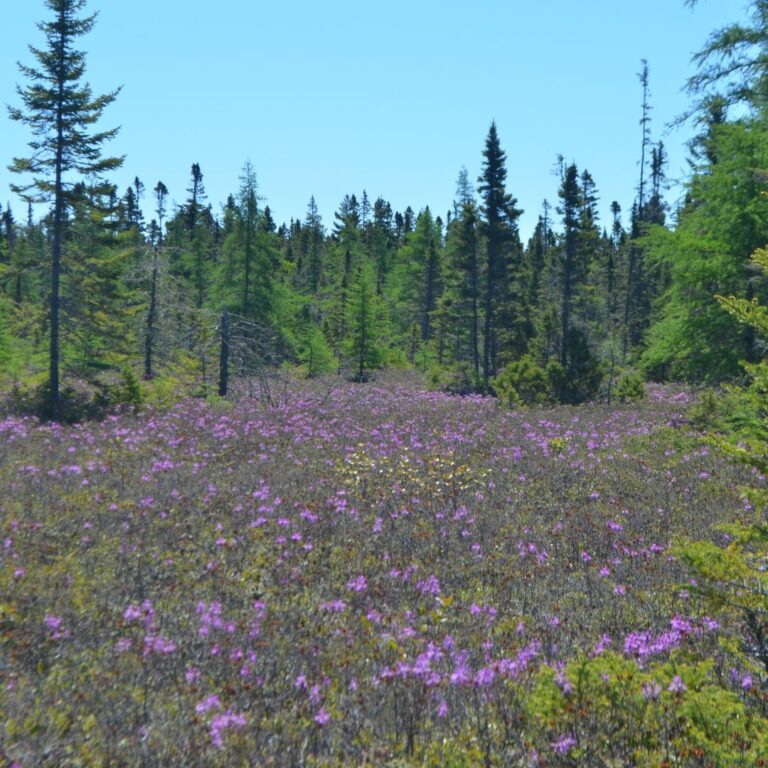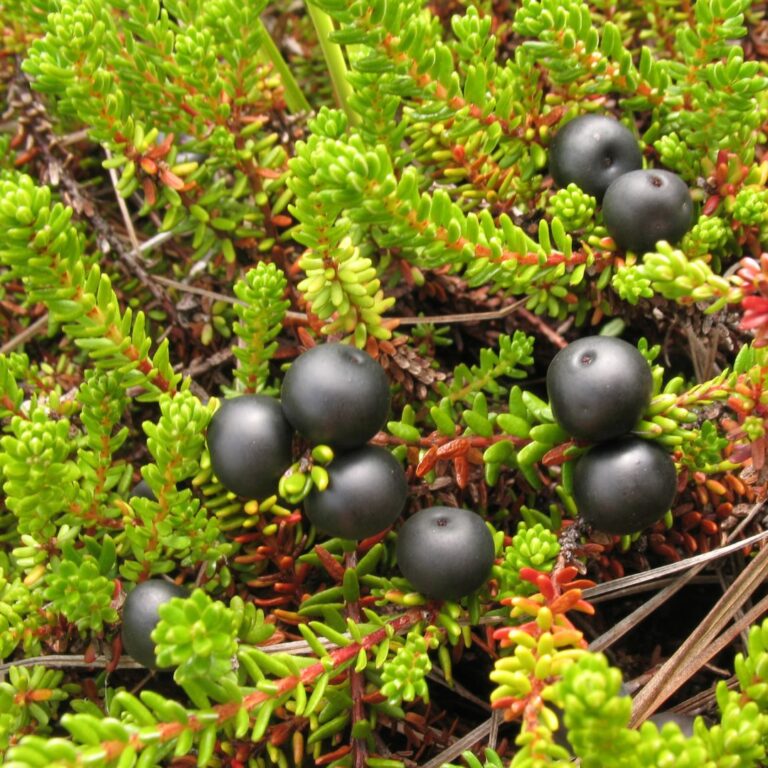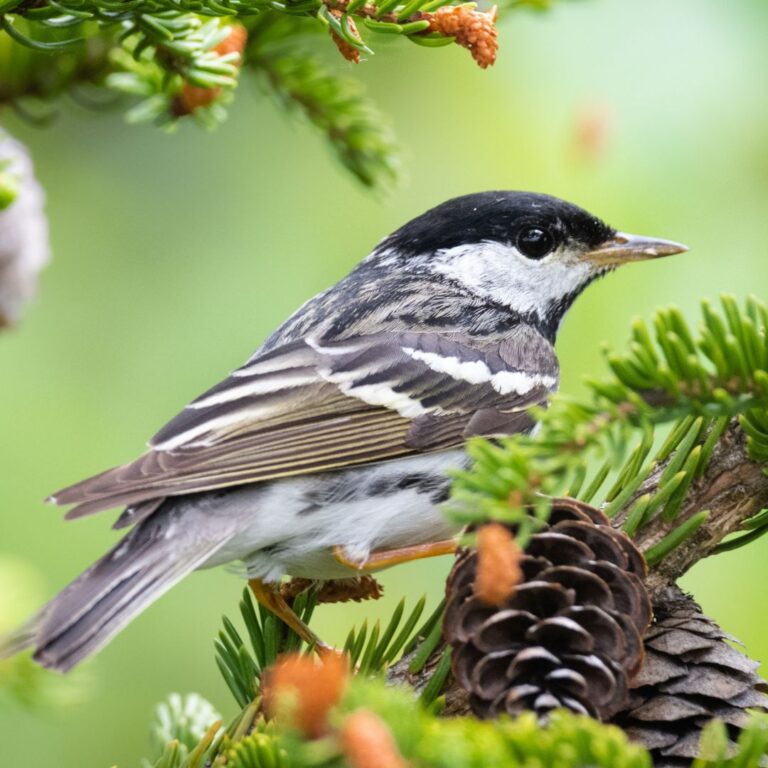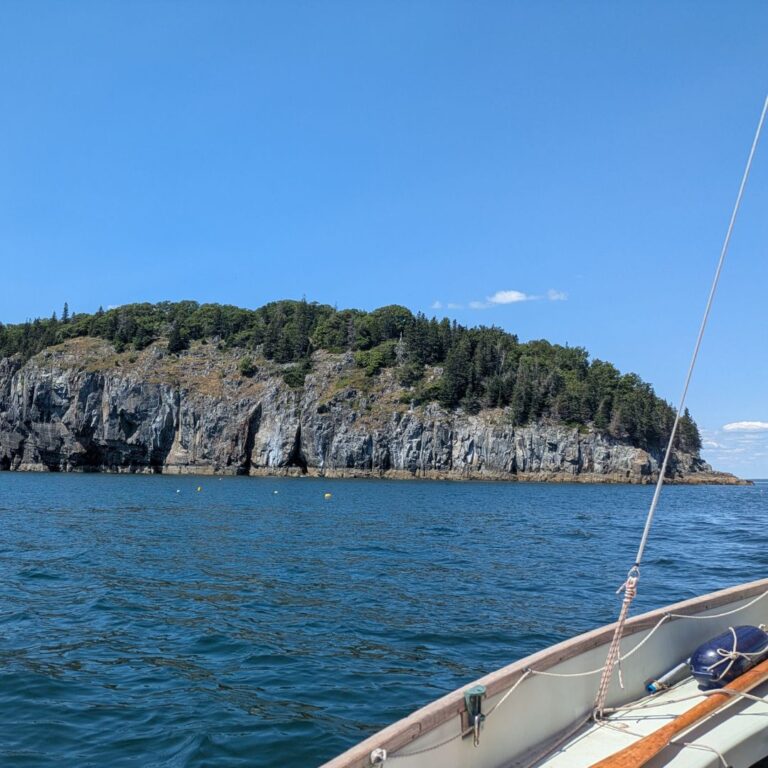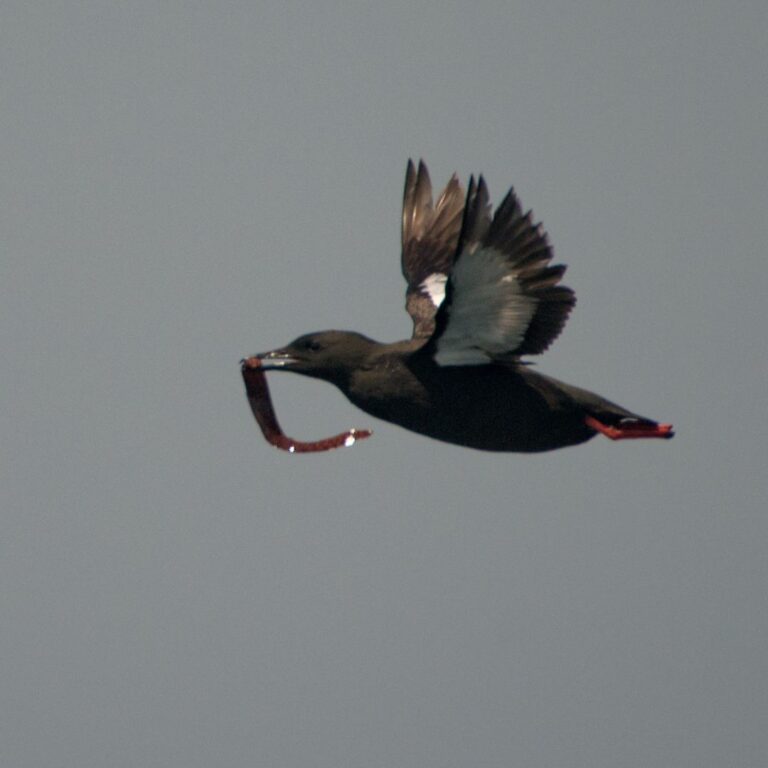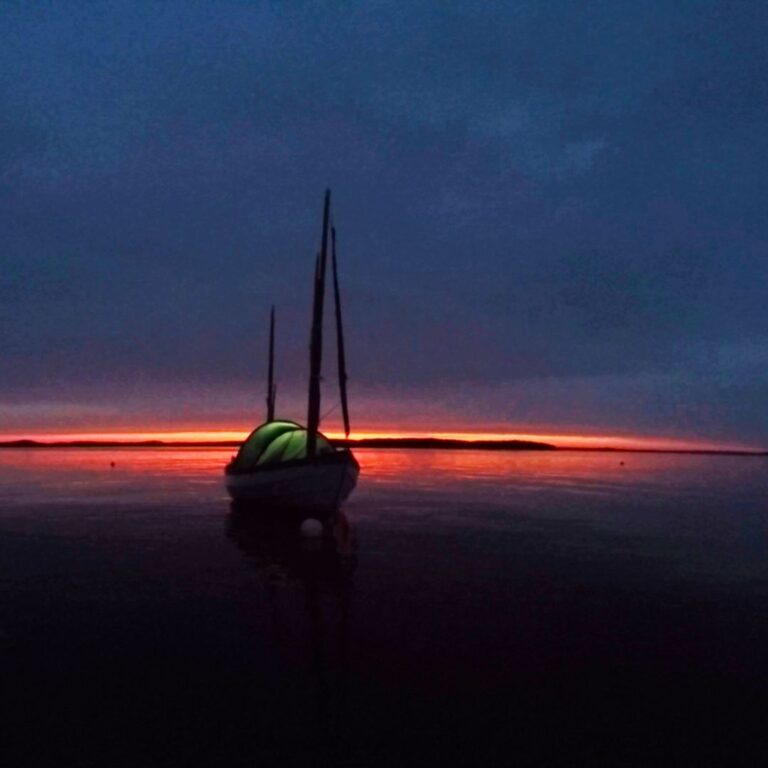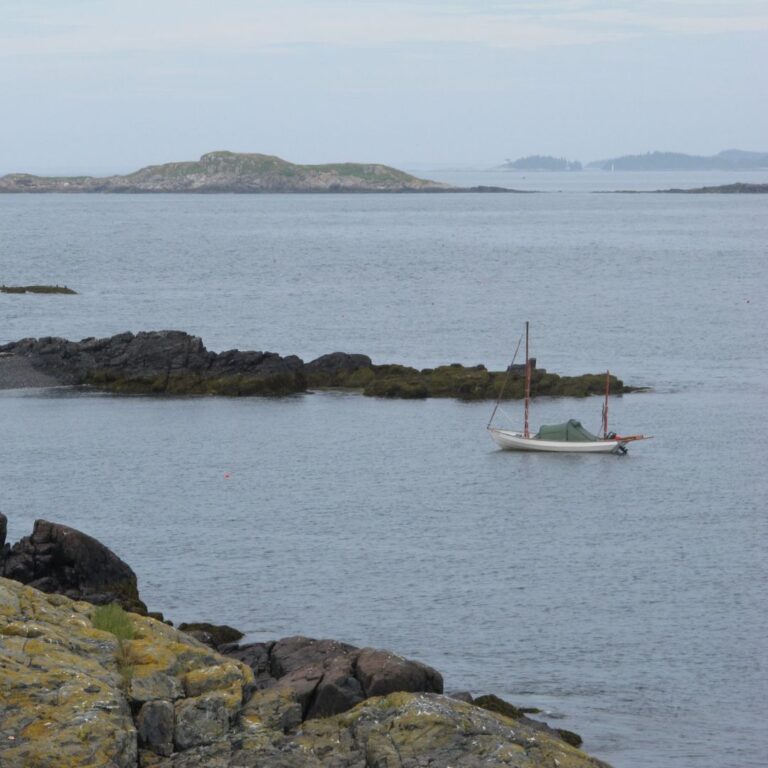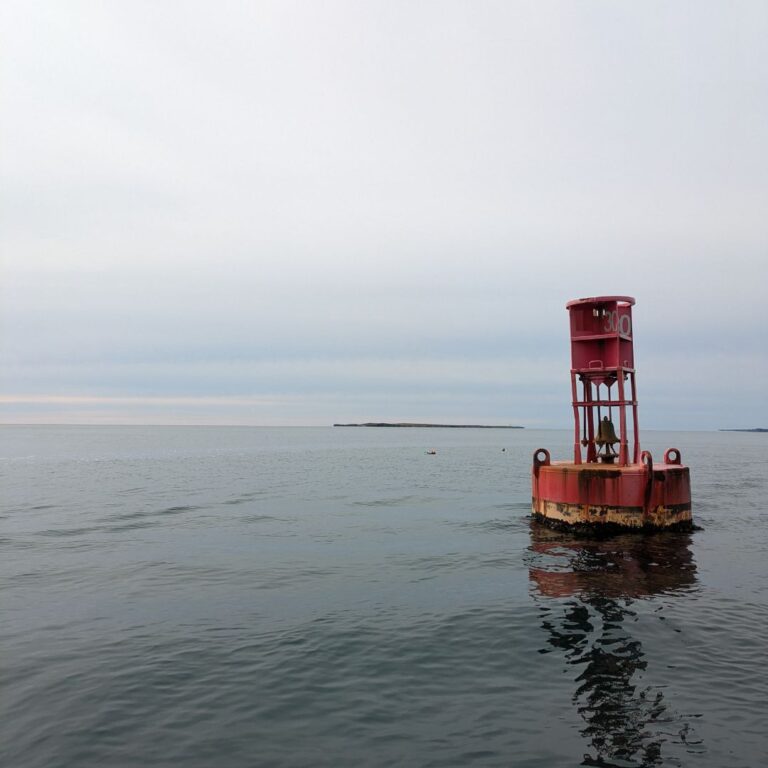11/16/25: A Conversation with Coco and Tracey Faber, 2025, part 2
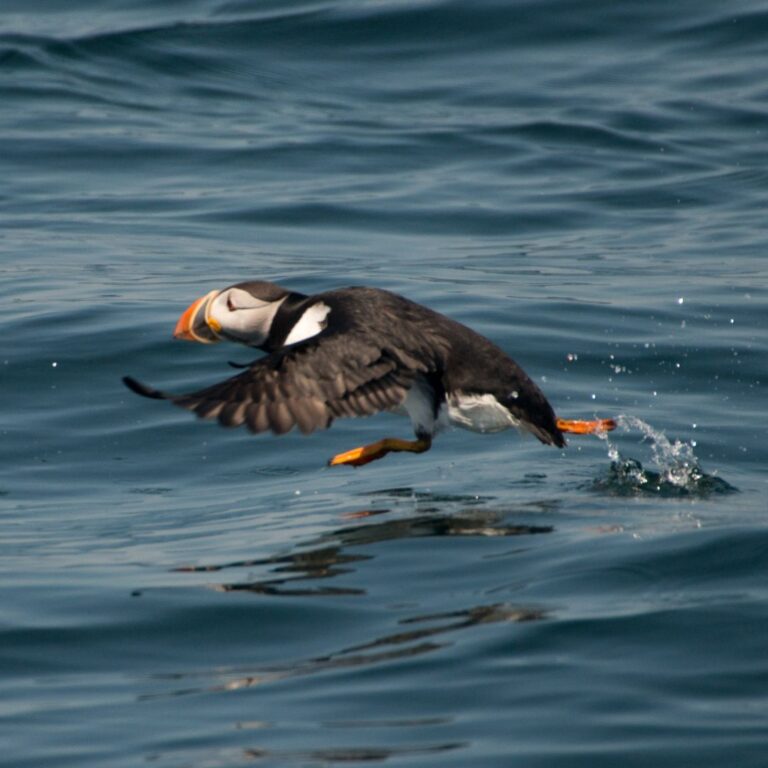
This episode is part 2 of an interview with Coco and Tracey Faber, who have spent the past decade working in Maine’s offshore seabird colonies. They discuss the struggles and resilience of seabirds facing storms and changing conditions, share the story of a record-aged puffin still breeding at 36 years old, and reflect on long-term changes in island vegetation and tern colony numbers.
